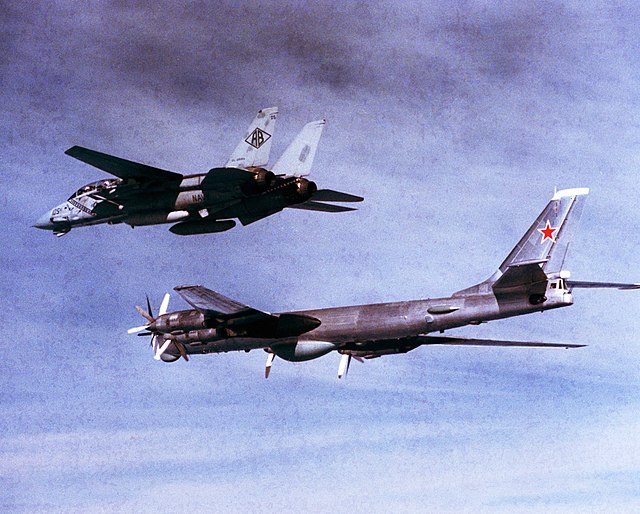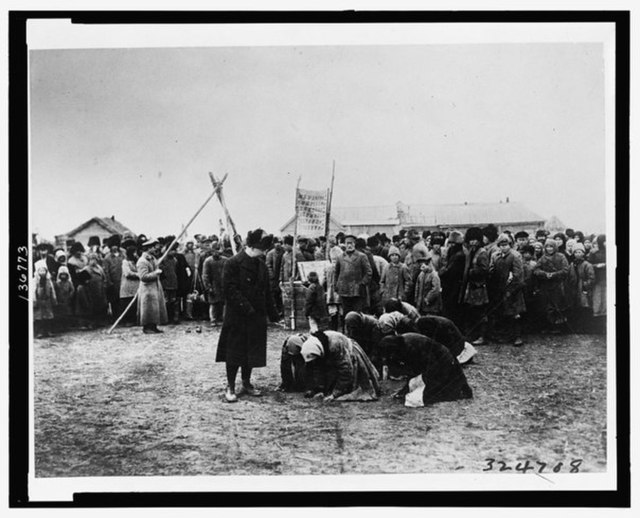The Cold War from 1979 to 1985 was a late phase of the Cold War marked by a sharp increase in hostility between the Soviet Union and the West. It arose from a strong denunciation of the Soviet invasion of Afghanistan in December 1979. With the election of Prime Minister Margaret Thatcher in 1979, and American President Ronald Reagan in 1980, a corresponding change in Western foreign policy approach toward the Soviet Union was marked by the rejection of détente in favor of the Reagan Doctrine policy of rollback, with the stated goal of dissolving Soviet influence in Soviet Bloc countries. During this time, the threat of nuclear war had reached new heights not seen since the Cuban Missile Crisis of 1962.
Chancellor Willy Brandt (left) with American President Richard Nixon (right.) The two statesmen were champions of détente and trade with the Eastern Bloc.
President Nixon and Chinese Premier Zhou Enlai toast one another during the former's visit to the People's Republic of China. The two are credited with forging a new axis in the Cold War out of mutual hostility to the Soviet Union.
Secretary of State Dr. Henry Kissinger (right), is widely credited with playing a driving role in American foreign policy during the first half of the 1970s, particularly in regards to Cold War policy.
Soviet Tupolev Tu-95 escorted by a United States Navy Grumman F-14 Tomcat over the North Atlantic, 1 September 1985.
The Cold War was a period of geopolitical tension between the United States and the Soviet Union and their respective allies, the Western Bloc and the Eastern Bloc, that started in 1947, two years after the end of World War II and lasted to 1991, the fall of the Soviet Union.
Allied troops in Vladivostok, August 1918, during the Allied intervention in the Russian Civil War
American Relief Administration operations in Russia, 1922
Lenin, Trotsky and Kamenev celebrating the second anniversary of the October Revolution
The Battle of Stalingrad, considered by many historians as a decisive turning point of World War II








